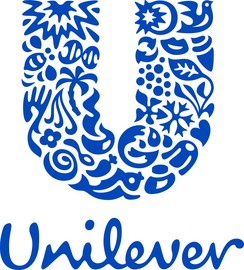Helene Curtis
Brand
Helene Curtis Industries, Inc. was an American cosmetics and beauty parlor products firm which was based in Chicago, Illinois. The company acquired a hair-coloring line by the acquisition of a competitor business. Later the retailer diversified into the field of personal care products, manufacturing Degree among other items.
Helene Curtis was founded in Chicago in 1927. The company started out manufacturing a facial mudpack product, sold to beauty salons nationwide. They soon shifted the company's emphasis to haircare products (also sold to beauty salons), starting with a line of "machineless" waving pads, drastically simplifying the permanent wave process.
Subject ID: 13033
MoreHelene Curtis Industries, Inc. was an American cosmetics and beauty parlor products firm which was based in Chicago, Illinois. The company acquired a hair-coloring line by the acquisition of a competitor business. Later the retailer diversified into the field of personal care products, manufacturing Degree among other items.
Helene Curtis was founded in Chicago in 1927. The company started out manufacturing a facial mudpack product, sold to beauty salons nationwide. They soon shifted the company's emphasis to haircare products (also sold to beauty salons), starting with a line of "machineless" waving pads, drastically simplifying the permanent wave process.
The company developed Lanolin Creme Shampoo, one of the nation's first detergent-based shampoos, in the mid-1930s. The popularity of the shampoo, available only in beauty salons, prompted the company to follow it up with Suave Hairdressing in 1937. The demand for the hair tonic became so great, the company began manufacturing small retail sizes for salon resale. Suave would eventually become one of the company's flagship product lines.
In 1990 Helene Curtis introduced Degree antiperspirant, at that time the company's most successful new product launch. With a formula activated as body heat rises, and aided by a $50 million advertising campaign, Degree quickly found a large share of the market, achieving the company's market share goal for the brand's first year in only eight months. By the end of fiscal 1992 Helene Curtis had attained the billion dollar mark with total sales of $1.02 billion.
As the decade of the 1990s progressed, despite its best efforts, record sales, facilities expansion, and advertising budgets approaching $80 million and up, it became clear that Helene Curtis was too small compared to its larger rivals. The firm did not have the resources to compete on an international scale with the likes of Procter & Gamble and Unilever. In February 1996, Helene Curtis agreed to be acquired by Unilever for about $770 million.
Subject ID: 13033
Subject ID: 13033
